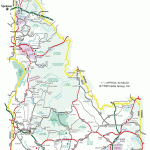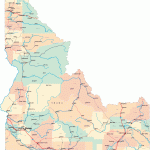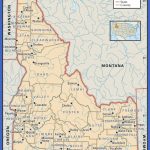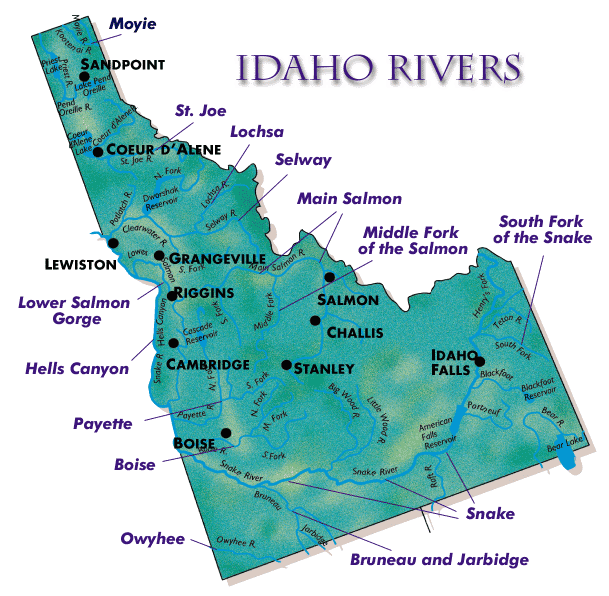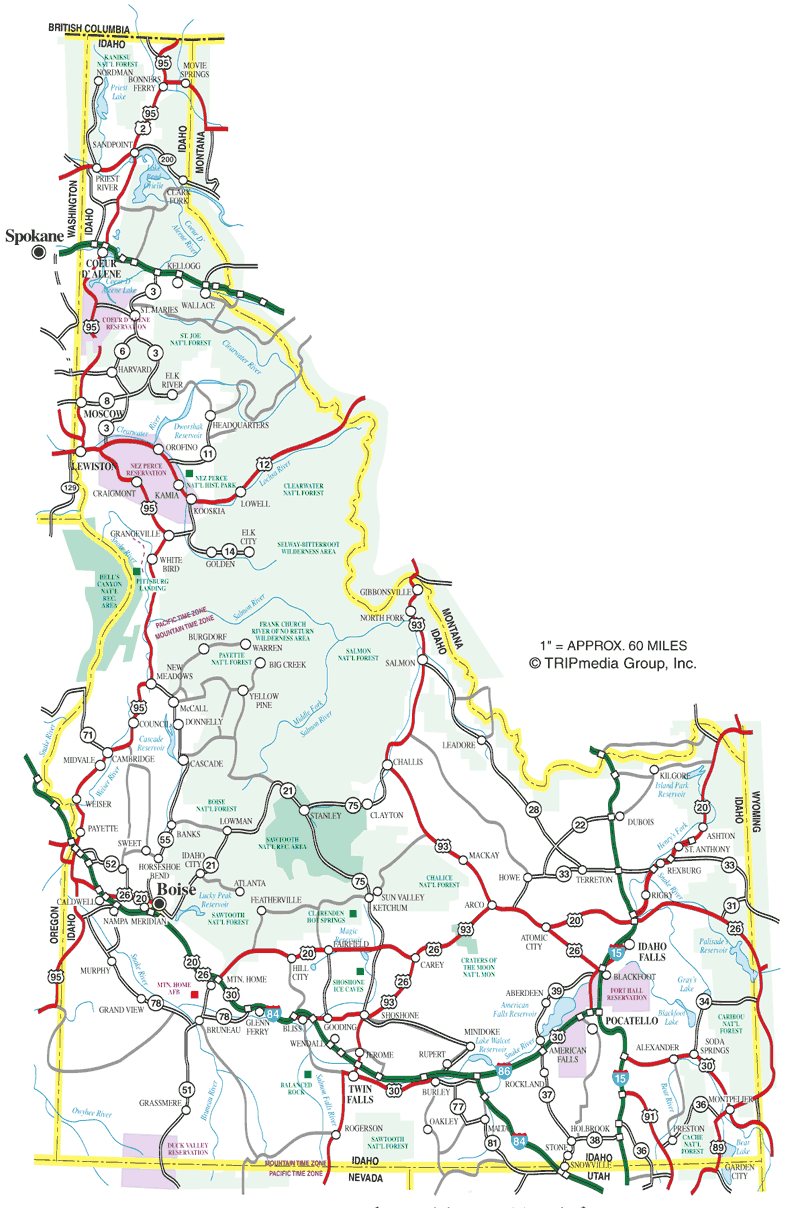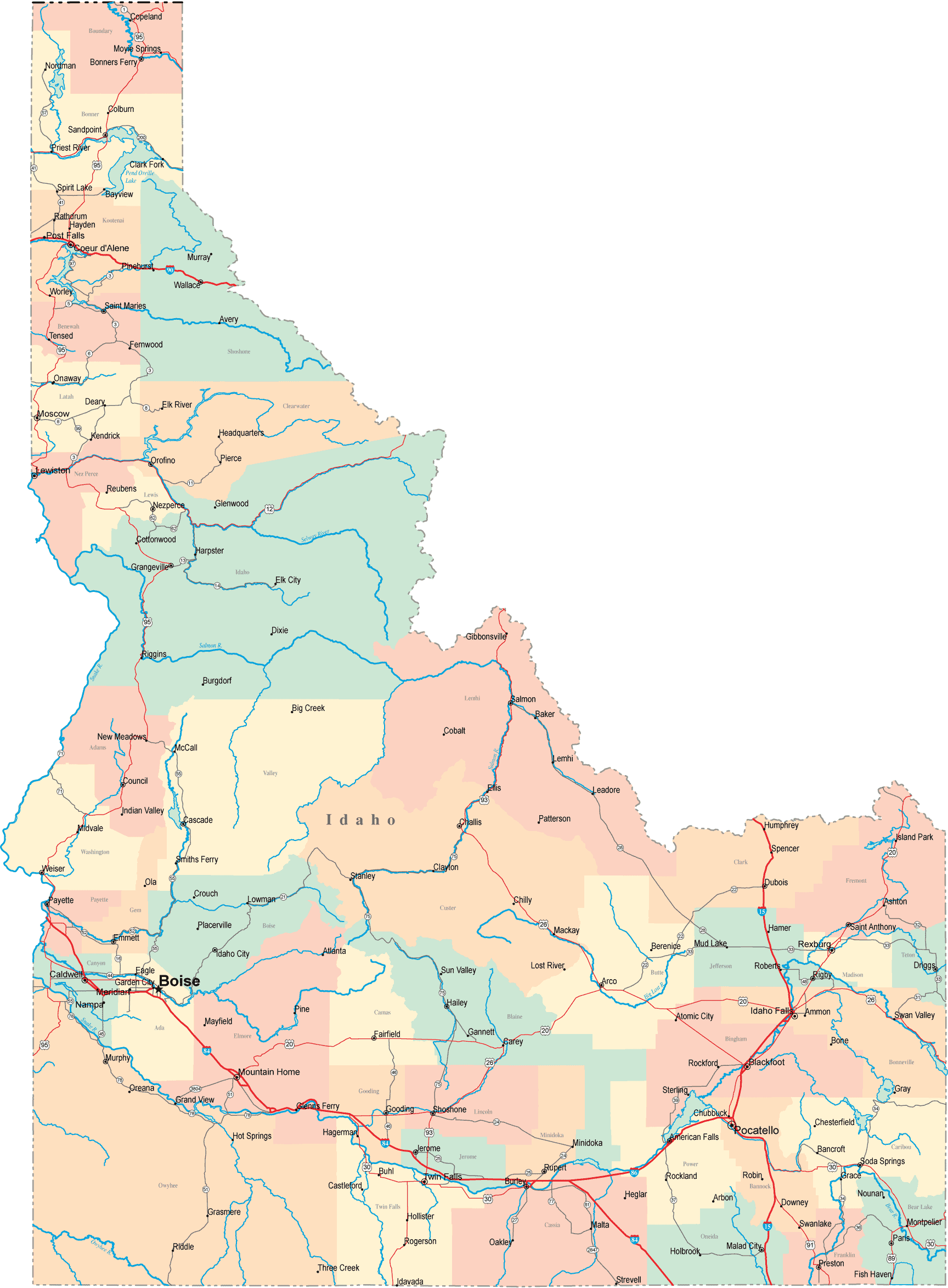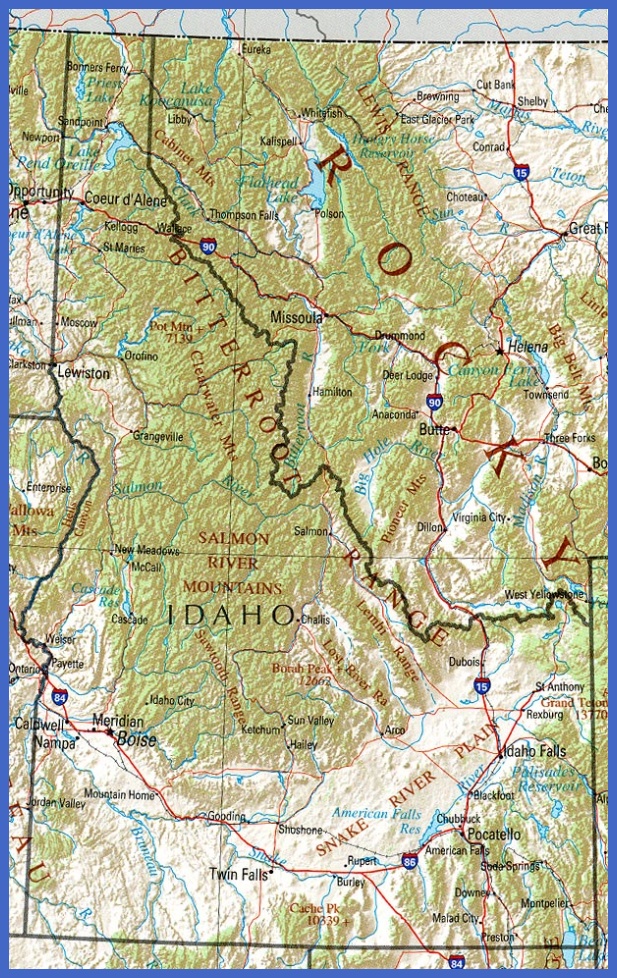Railroad and Farm Laborers
In the late nineteenth and early twentieth centuries Mexican American pioneer families such as the Urquides, Fontes, Ortiz, Amera, Valdez, Galindo, Ocampo, Ursino, Escaso, Ruiz, and Carusia enjoyed relative prosperity, respect, and acceptance in their Idaho communities. But Idaho’s economy underwent change during that time. The gold rush was short lived, and in its place emerged an expanding agricultural and livestock industry. Railroads penetrated the territory and the federal government made lands available to thousands of settlers attracted to Idaho by large-scale, government-financed irrigation projects. Southern Idaho’s Snake River desert plateau now burst with sugar beets, potatoes, and other market crops.
When the Utah-Idaho Sugar Company built a rendering plant in eastern Idaho in 1904, it recruited Mexican workers. An economic boom in the southwest, west, and northwest regions of the U.S. took advantage of those who fled the chaos and turmoil of the Mexican Revolution (1910-1920). The outbreak of war in Europe in 1914 and U.S. entry into that war in 1917 created a labor shortage, leading the government to agree to a contract labor program with Mexico. Railroads and
Idaho sugar companies drafted some of these early workers to toil in the fields and lay rails in southern Idaho.
Rules of this first Bracero program compelled U.S. employers to hire Mexican workers at recruitment centers. The agreement stipulated the wages, length of contract, tasks to be performed, and worker accommodations. Moreover, growers and railroad companies were obligated to inform immigration officials when workers broke contracts. Because there were numerous violations of agreements and workers’ complaints, among other problems, the program was ended on December 31, 1919.3
While investigating complaints of worker abuse in 1917, Idaho Labor Commissioner William J.A. McVety found more than 2,000 undocumented Mexicans, including 500 women and children, working in southern and eastern Idaho beet fields. In the Idaho Falls, Shelley, and Blackfoot regions complaints were numerous regarding their accounts [wage agreements], living quarters and about winter clothing. The commissioner concluded that too much [was] left to the supervision of the Sugar Company. He warned the governor that such labor abuses put the survival of the company and the industry in jeopardy.4
Mexican migration to Idaho continued after termination of the Bracero program. Suffering company abuse, low wages, unsanitary and inadequate living accommodations, corrupt labor contractors, and difficult and dirty work, Mexican workers came to the United States out of desperation. Their own country’s economy could not sustain them. Throughout the 1920s railroad companies continued to hire Mexican migrants, until they made up the majority of maintenance crews in many western states. By 1930 Mexicans constituted nearly 60 percent of the section crews employed in Idaho.5 Migrants coveted railroad jobs because no matter how menial, those jobs usually meant steady employment with wages higher than those in fieldwork. Farm labor was just the opposite: it paid less, and it was seasonal, with workers following the crops and living in tents, lean-tos, or deplorable camps. It exacted a heavy penalty from school age children who were both pulled from their studies in the early spring and prevented from returning to them until late fall.
Mexican consular officials from Salt Lake City, Utah, did what they could to help Mexican citizens working in Idaho. This protection did not extend to Mexican American migrants, who could only turn to the local justice system when problems arose. Consular officials intervened in wage disputes, complained about substandard working and living conditions, and tried to investigate personal tragedies such as injuries and deaths. A case in point occurred in Burley on July 4, 1920. Local police burst into a shack near the sugar beet factory and shot two (one fatally) Mexican beet workers playing poker with other men. Many irregularities and injustices swirled around this incident; yet, there was little the Mexican consul could do to see that his country’s citizens were treated fairly and that jus-
tice was served. The Idaho National Guard’s participation in U.S. retaliation against Pancho Villa’s raid into New Mexico a few years earlier fueled a growing backlash against Mexicans.
In order to maintain a constant flow of inexpensive labor from Mexico, U.S. immigration policies in the 1920s treated Mexicans differently from the Chinese, the Japanese, and southern and eastern Europeans, all of whom were virtually excluded from entry into the United States. The farm lobby even succeeded in having Mexicans exempted from the immigration head tax. As a result, Mexican nationals and Mexican Americans continued to stream into Idaho in far larger numbers than the 1920 census figures show (only 1,215 Idaho residents born in Mexico, nine times greater than the count of 133 in 1910). Census numbers fail to show the North Americans of Mexican descent living or working in Idaho during the 1920s, but government sources and local newspapers reported large numbers of Mexicans and other Latinos working the state’s mines, rails, forests, and farms.6
Throughout the 1920s, more and more Mexican Americans and Mexican nationals migrated into the state, and as they did, a pattern of discrimination and human rights abuses emerged. Xenophobia was one of the defining characteristics of American society in the 1920s, and Idaho was no exception. A Payette minister drew a crowd of some 500 to a Ku Klux Klan rally in Boise in June 1924. He praised the virtues of the Klan and its mission to end Jewish economic monopoly, prevent mixed marriages, bar Catholics from political office, and dry up the flood of undesirables pouring into the country.7 During the decade newspapers reflected negative attitudes toward Mexicans in general.
Several large produce companies flocked to Idaho in the 1920s and 1930s to grow green peas. After being harvested, the peas were packed in ice and shipped by rail to markets as far away as Chicago and the East Coast. Companies contracted with Idaho farmers such as those in the Teton Valley to plant the peas and recruited large gangs of migrant pea pickers to harvest the crop. Because most of the harvesters even during the Great Depression era were Mexicans or Mexican Americans, complaints flooded the Mexican consulate of workers being abused, cheated on their wages, forced to live in subhuman conditions, and subjected to all sorts of indignities.
By August 1935 worker anger exploded during a strike in the Teton Valley’s pea fields. The conflict had escalated from a dispute over wages between laborers and the produce companies to one in which the farmers became directly involved, because they feared losing their pea crops. In their anger they lashed out at the strikers. Violence erupted on both sides, forcing county officials to beseech the governor to declare martial law and send the National Guard. On August 15 and 16, Idaho Guardsmen entered labor camps and arrested about 125 Mexicans who were causing the trouble. Another 30 or more were picked up on valley
streets. Together with a few American agitators and some parasites and camp followers, these Mexicans were held under guard until they were paid the wages still owed them. Troopers then loaded them into trucks furnished by the packing companies, or forced them into their own cars and trucks, and escorted them to the county line, warning them not to return. The next day the remaining workers returned to the fields. The strike was over. It was clear at the time, and it still is, that the authorities violated workers’ civil rights regardless of their citizenship or ethnicity.8
The Great Depression was a nightmare for most North Americans and for countless Mexicans. Many U.S. citizens of Mexican heritage suffered profoundly when arrested and, together with their Mexican cousins, deported to Mexico. No official forced migrations of Mexicans or Mexican Americans from Idaho during the Depression occurred, but it became the policy of some communities to hire whites only. Nevertheless, the Idaho Sugar Beet Growers Association brought so many Mexicans for spring thinning in 1935 that local residents felt discriminated against. Growers responded that white workers were amateurs who did the job poorly and were slower and less efficient than the Mexicans.9 Signs posted at roads entering the state warned nonresidents that state social services would be denied them. Because they were Mexicans, one resident remembered, there was no relief for them. In spite of that, with demand for Mexican migrant labor in sugar beet production high, migrant workers may have flocked to Idaho in greater numbers during the 1930s.
Idaho Map Photo Gallery
Maybe You Like Them Too
- Explore Southgate, Michigan with this detailed map
- Explore Les Accates, France with this Detailed Map
- Explore Góra Kalwaria, Poland with this detailed map
- Explore Gumdag, Turkmenistan with this detailed map
- Explore Telfes im Stubai, Austria with this detailed map



